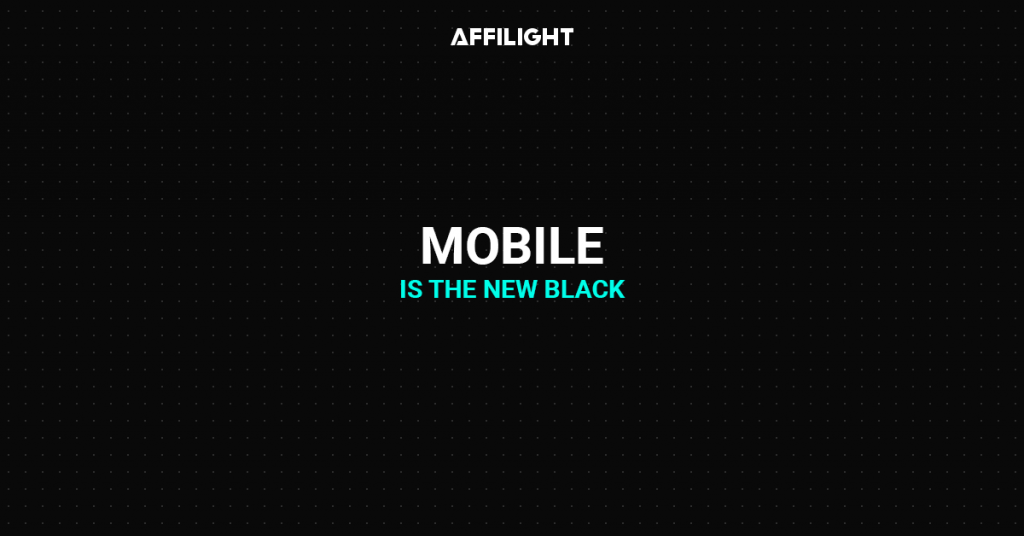Often clients come to us with no experience and ask how to start working with us. Especially for such cases, we have made a short guide with the most important information on where to start for beginners. The material will give you only the most basic ideas about creating a site. In the future, we plan to paint each of the topics in more detail.
Creating a website can seem overwhelming at first, but it’s actually quite simple. Here are the basic steps:
Determine your niche and audience
Identify your target audience and the type of content that you want to provide on your website. This will help you to build a more targeted audience and establish yourself as an expert in that area.
When choosing a niche for your website, it’s important to consider what topics are popular and have a lot of search volume. You can use tools like Google Trends, Google Keyword Planner, and SEMrush to research popular niches and keywords. You can also look at what your competitors are doing and see if there are any gaps in the market that you can fill. Consider your own interests and expertise as well, as it’s important to choose a niche that you are passionate about and can write content for over the long-term.
Decide on the website type
There are many different types of websites, including blogs, e-commerce sites, forums, and more. Think about the type of content you want to create and what features you’ll need to support it.
Choose a domain name
Your domain name is the address that people will use to find your website. Choose something that’s memorable, easy to spell, and related to your niche.
Select a hosting provider
A hosting provider will give you the space and resources you need to run your website. Look for a reliable provider with good customer support and pricing that fits your budget.
Select a platform
Choose a website builder or CMS platform that meets your needs and skills. WordPress, Wix, and Squarespace are popular options.
Installing a CMS (Content Management System) like WordPress, Drupal, or Joomla can seem intimidating, but it’s actually quite simple. Most hosting providers have one-click installs that will automatically install the CMS for you. If you’re not comfortable with that, you can follow the installation instructions on the CMS’s website. There are also many tutorials and videos available online that will guide you through the process step-by-step.
Design your website
Create a website design that is visually appealing and user-friendly. Use a theme or template that aligns with your brand and content. Look for one that’s responsive (meaning it will work well on mobile devices), visually appealing, and easy to navigate.
Add content
Once your website is up and running, you’ll need to create content to attract and engage your audience. This could include blog posts, articles, videos, and more.
To determine what type of content to create for a website, it’s important to consider the website’s niche and target audience. Research the interests and needs of the target audience and try to provide value through content that meets their needs. Additionally, analyze the competition in the niche to see what type of content is currently popular and performing well.
Optimize for search engines
Use SEO techniques to make your website visible to search engines and improve your ranking in search results.
Optimizing your website for search engines (SEO) involves several steps. First, make sure your website is mobile-friendly and has a fast loading speed. Use descriptive meta tags and page titles that include your target keywords. Create high-quality, relevant content that incorporates your target keywords. Use internal linking to connect your content and make it easy for users to navigate your site. Finally, build backlinks from other relevant and authoritative websites to boost your site’s authority.
Promote your website
Promote your website through social media, email marketing, and other digital marketing channels to attract visitors and grow your audience.
Use social media platforms like Facebook, Twitter, and Instagram to promote your content and engage with your audience. Build an email list and send out newsletters and promotional emails. Consider investing in paid advertising like Google Ads or Facebook Ads to drive traffic to your site. Collaborate with other websites or influencers in your niche to cross-promote your content and reach a wider audience.
Remember, building a successful website takes time and effort. Be patient and consistent with your efforts, and you will see the results.


